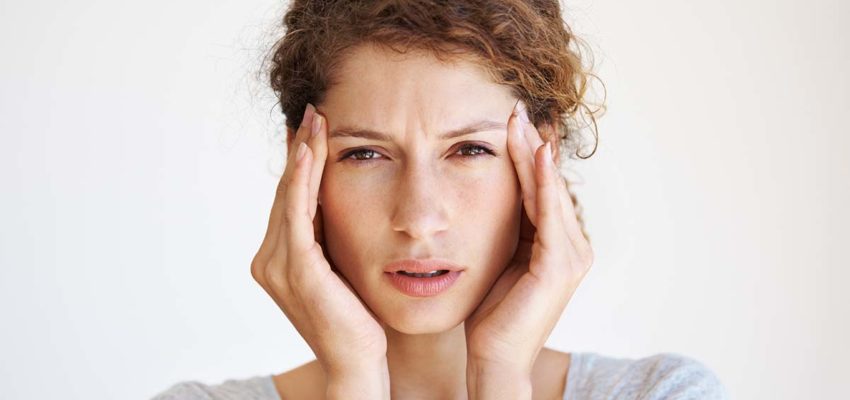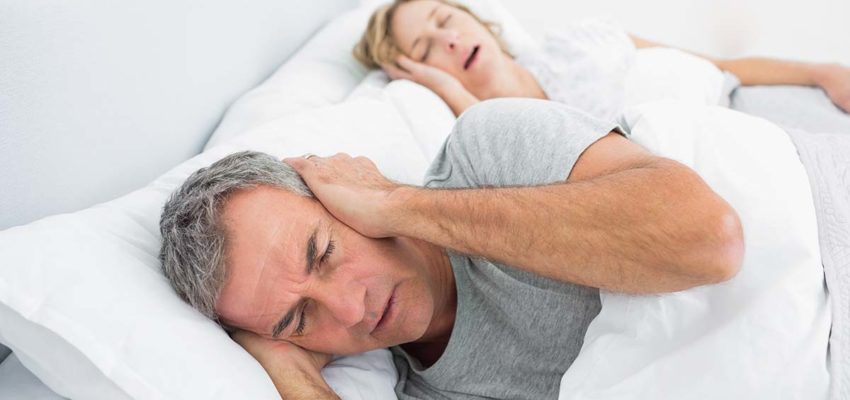Sleep Disorders

Most people think immediately of snoring. There are in fact many sleep disorders including sleep apnoea, insomnia and snoring.
Most people think of snoring as a nuisance for the partner. In fact it can be a big problem for the snorer.
Sleep disorders cause an increase in the likelihood of cardiovascular disease, hypertension and mortality. Disturbed sleep leads to reduced mental (cognitive) ability, work performance, fatigue and accidents at work and in cars. Some studies suggest people with sleep disordered breathing are ten times more likely to suffer a car accident. Depression is also a common symptom.
Sleep Apnoea Osa (Obstructive Sleep Apnoea)
Relaxation of the throat allows closing of the throat and airway. This forces the snorer to ‘fight’ for breath, often having to take a deep breath which often partially wakes them. This destroys restful sleep.
OSA risk factors include obesity, increasing age, family history, alcohol or sedative drug use, smoking, hypertension and being male.
Dr Howard’s Story
I started to regularly snore at around age 47. I gained an angry wife around about the same time. I also noted that my previously low blood pressure had risen.
For the last year I have worn a dental device that repositions the jaw and opens my throat and airways. Snoring is now occasional. I do not like wearing the ‘plate’, I do however wear it every night as I have come to appreciate having good sleep again. I had forgotten what it was. I had forgotten what good dreams in colour were. I had resigned myself to waking tired and put it down to ageing. It took a few months to appreciate the appliance and wear it every night.
Treatments for Osa
- Medical
- The most powerful device is the CPAP (Continuous Positive Air Pressure). This is a mask that covers the nose and mouth attached to an air pump. It works and is the most powerful tool. The problem is it is noisy and cumbersome and 70 -80% of patients do not wear them after one year.
- Surgery – Portions of the throat and Uvula are exercised to make a bigger airway. This has limited success and should be a last resort.
- Dental Appliances
These are considered the most successful treatments. While not as powerful as CPAP people do wear them (more) and so they are more successful. They are less invasive. They are more suited to mild to moderate OSA and snoring. - Lifestyle
You can also change your lifestyle. Increasing exercise, weight loss, loss of fat in the throat and improved muscle tone can all help. (In an aside I have heard said that playing the didgeridoo can tone up the requisite muscles. I am not sure if this is true). This does not mean OSA is only for overweight aged people. We have seen many cases of OSA in healthy thin females in their 20’s. One of the big warning signs of OSA can be bruxism (night grinding of teeth).
How Does the Appliance Work?
It has been found that the position of the mandible (lower jaw) directly affects the size of the throat.
We measure the throat size (using an ultrasound device called a pharyngometer) and move the jaw to the position that optimises the size of the airway. We record the position and make the dental appliance to this position. Upon delivery of the appliance we can also check it works.
Diagnosis of Osa
- Sleep Study (polysomnography PSG)
This is the best and is usually arranged through your GP. This is done for a night in purpose built facility. - Other Machines
For example, watch pat that you wear at home in your sleep.



